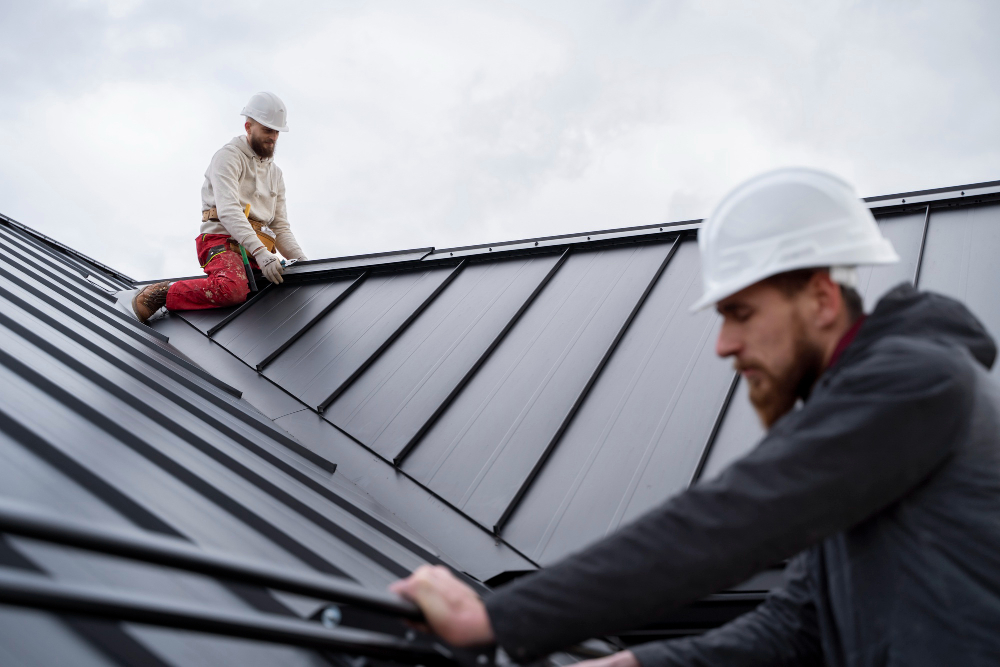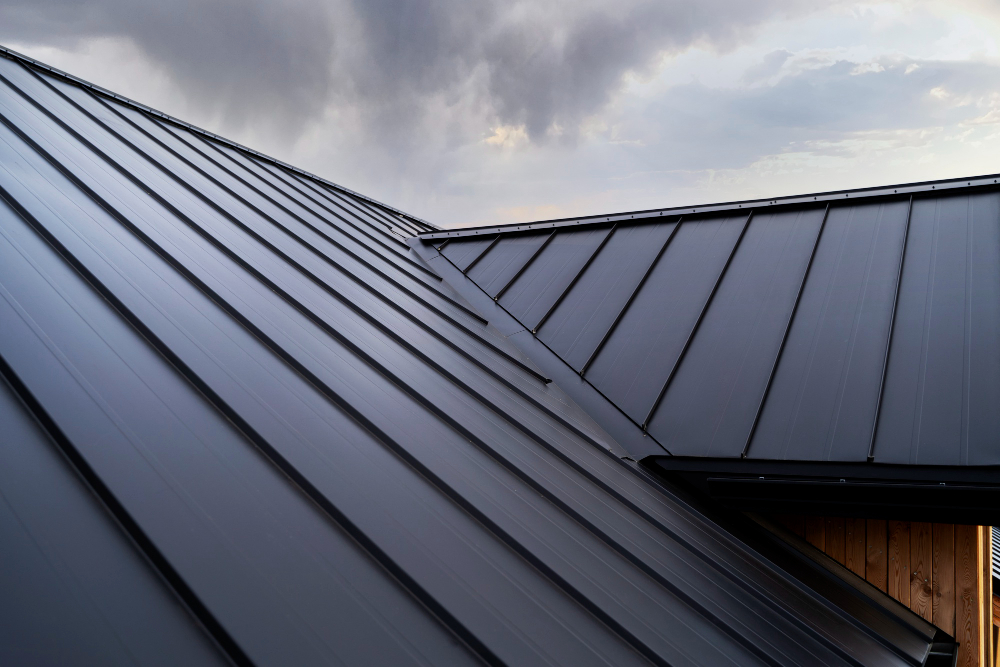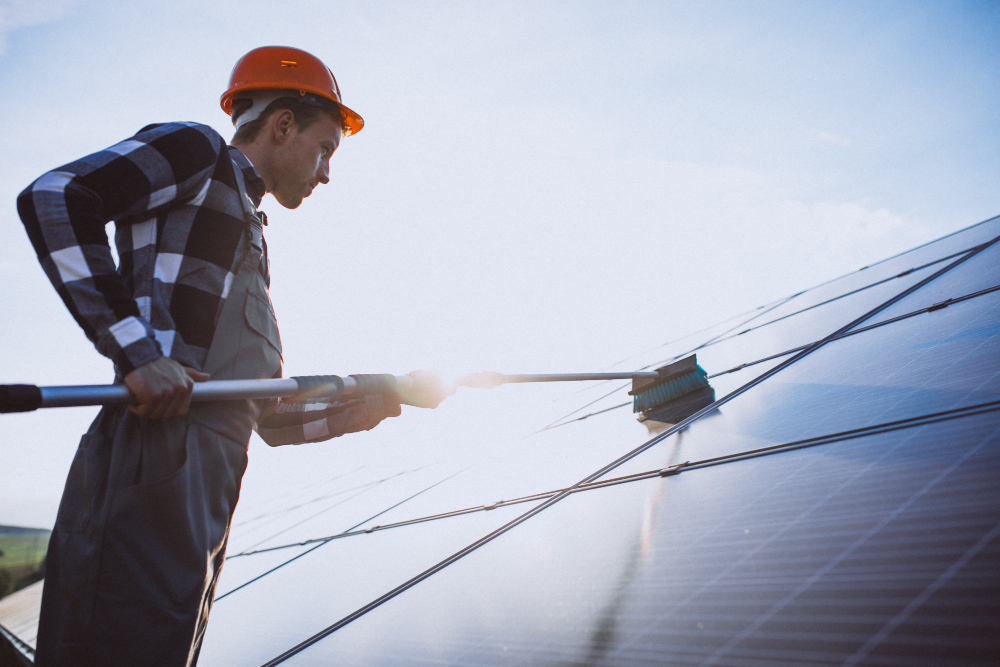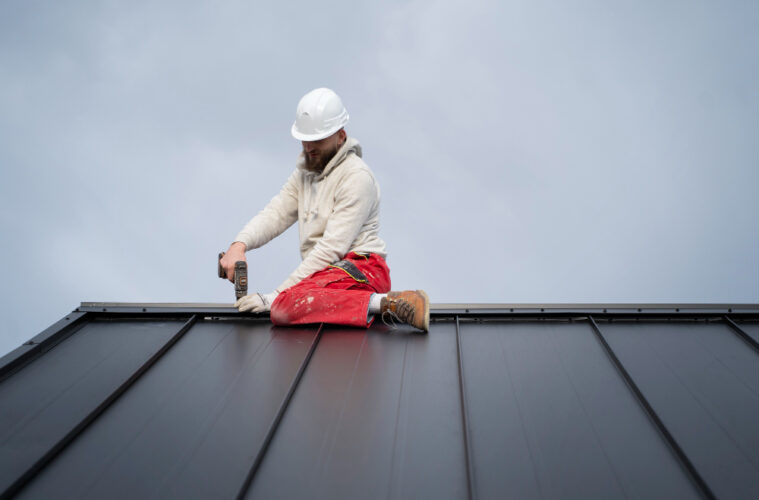Can you remember the last time you really noticed your building’s roof?
If you’re like many business owners or facilities managers, the answer might be “I can’t remember.” The roof often becomes out of sight, out of mind—until something goes wrong.
But ignoring your roof could cost you thousands. Possibly more.
Let’s look at why regular roof maintenance isn’t just a good idea—it’s essential.
What Happens When You Don’t Maintain Your Roof?

Skipping regular checks can lead to:
- Leaks and water damage
Water infiltration is a slow killer. By the time you see a leak inside, the damage to insulation, structure, and electrics may already be severe. - Mould and health risks
Damp roofing materials and internal leaks encourage mould. This can lead to respiratory issues for staff and customers. - Higher energy bills
Damaged insulation caused by leaks or roof membrane tears forces HVAC systems to work harder. - Shortened roof lifespan
A commercial roof should last 20 to 30 years. Without maintenance, it may fail after just 10–15.
Ask yourself: Would you drive a lorry for 10 years without a service?
The Financial Case for Maintenance
You might think roof maintenance is an expense. But it’s often a saving in disguise.
Here’s how:
- Minor repairs cost less
Patching a small tear costs a few hundred pounds. Replacing a section of roof could cost thousands. Full roof replacement? £50,000–£150,000 or more, depending on the size and materials. - Insurance premiums and claims
Insurers may deny claims if there’s evidence of neglect. Preventative maintenance can also lower premiums by reducing risk. - Tax advantages
In the UK, maintenance can be deducted as a revenue expense. Roof replacements, on the other hand, are often treated as capital expenditures, which may not be immediately deductible.
Still unsure? Consider this: The National Roofing Contractors Association (NRCA) in the US found that proactive maintenance can extend roof life by up to 60%. Similar outcomes are seen in the UK, though exact figures vary by building type.
How Often Should You Inspect Your Roof?

It depends on several factors:
- Type of roof (flat roofs need more frequent checks)
- Location (exposure to high winds, rain, or debris)
- Age of the roof
- Surrounding environment (trees, industrial pollutants, etc.)
A good rule of thumb:
Inspect twice a year—once in the spring, once in the autumn. Also check after major storms.
What Should a Roof Maintenance Check Include?
Whether you inspect it on your own or bring in an expert, make sure to look for:
- Standing water
Water should drain within 48 hours. If not, look for clogged gutters or blocked drains. - Membrane damage
Look for tears, bubbles, or punctures in rubber or bitumen surfaces. - Flashing and seals
Damaged flashing around vents, skylights, and edges is a common leak point. - Vegetation
Green buildup like moss or algae—and even tiny plants—can start growing in unnoticed spots. These can trap water and damage materials. Debris
Leaves, branches, and litter can block drainage systems. - Signs of animal activity
Birds nesting, rodents chewing, or insects burrowing—all can cause damage over time.
DIY vs Professional Maintenance
Can you do it yourself?
Yes—if you know what you’re looking for and follow safety protocols. But for most commercial properties, professional inspections are safer and more thorough.Here’s why professionals are worth considering:
- Safety – They’re trained to work at heights and carry proper equipment.
- Trained eyes often catch warning signs that most people might overlook.
- Documentation – They provide reports that can support insurance claims or future resale.
Common Myths About Roof Maintenance

Let’s debunk a few:
- “If it’s not leaking, it’s fine.”
Not true. Most roofing damage starts silently. By the time it leaks inside, it’s usually advanced. - “Maintenance is too expensive.”
Skipping it is often much more costly. “New roofs don’t need maintenance.”
Even brand-new roofs require regular checks. Manufacturer warranties often depend on documented maintenance.
What Type of Roof Do You Have?
Your maintenance plan should be tailored to your roof type.
Here’s a quick breakdown:
Flat Roofs (e.g., EPDM, TPO, Bitumen)
- Most vulnerable to pooling water and membrane damage.
- Common in warehouses, shopping centres, and industrial units.
- Need frequent drainage checks.
Metal Roofs
- Prone to rust, loose screws, and seam separation.
- Often used in factories or agricultural buildings.
Pitched Roofs with Tiles or Slates
- Check for cracked or slipped tiles.
- Gutters must be kept clear to avoid water backing up.
Green Roofs
- Require inspection of the waterproof layer and drainage system.
- Vegetation needs maintenance just like any other garden.
Know your roof. Tailor your plan.
What Does a Roof Maintenance Plan Look Like?
A solid plan includes:
- Scheduled inspections – Twice a year at minimum.
- Immediate repairs – Fix issues as soon as they’re found.
- Cleaning – Removing debris, moss, algae, and obstructions.
- Record keeping – Keep logs of inspections, issues found, and repairs done.
Many roofing companies such as norwich-roofing.co.uk offer maintenance packages. Compare providers, ask for references, and ensure they’re accredited (e.g., NFRC-certified in the UK).
Maintenance During Winter: Special Considerations
Snow, ice, and storms make winter tough on roofs.
Watch out for:
- Ice dams – These form when snow melts and refreezes at the edge of the roof, causing water to back up under materials.
- Watch out for blocked drains as frozen water can back up and cause serious damage.
- Freeze-thaw cycles – Water seeps into small cracks and expands when frozen, causing bigger damage.
Don’t wait until winter hits—prepare in the autumn.
Case Study: How One Business Avoided a £75,000 Roof Replacement
A logistics company in Birmingham scheduled regular twice-yearly roof inspections for their 3,000 sq metre warehouse.
In one inspection, roofers found several small membrane tears caused by falling debris during a storm.
Cost to repair: £1,200.
Had they waited six more months? Rain would have soaked the insulation, rusted metal decking, and likely led to a full roof replacement—quoted at £75,000.
Small fixes saved big money.
Final Thoughts: Is It Worth It?
Still debating whether to maintain your commercial roof?
Ask yourself:
- Could I afford a major repair right now?
- Would a leak disrupt business operations?
- Do I have tenants or staff who rely on a safe, dry building?
Your roof protects every asset beneath it. Machinery. Inventory. Computers. People.
It’s not just a structural element. It’s a business asset.
Treat it like one.
- “If it’s not leaking, it’s fine.”



